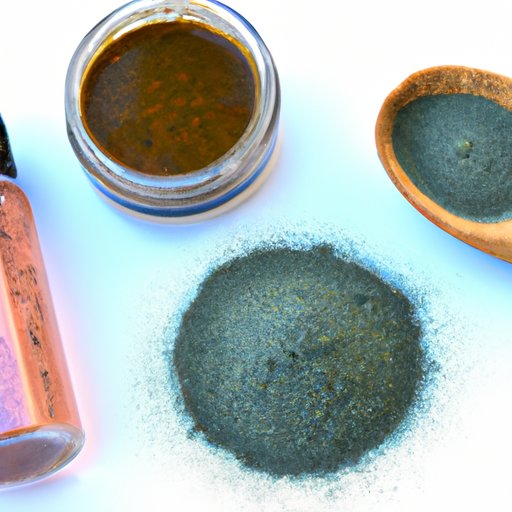
Introduction to Fungal Acne
Have you ever noticed small, itchy, red bumps on your forehead, chest, or back? You might think they are regular pimples, but they could be fungal acne, also known as pityrosporum folliculitis. Fungal acne is caused by an overgrowth of yeast in the hair follicles, primarily due to excess oil production, humidity, and a weakened immune system. Fungal acne is manageable, but it can be challenging to treat if left untreated. Therefore, it is essential to understand the causes, symptoms, and treatment of fungal acne.
Home Remedies
Many effective home remedies can help treat fungal acne. Tea tree oil is a natural antifungal and antibacterial agent that can reduce inflammation and redness. Dilute tea tree oil with a carrier oil and apply it to the affected area. Witch hazel is another natural astringent that can control oil production, unclog pores, and reduce the risk of infection. Use a cotton ball to apply witch hazel on your skin. Honey is a natural moisturizer and antifungal agent that can soothe and heal your skin. Mix honey and water in equal parts and apply it to your skin. Apple cider vinegar has acidity that can control the yeast population, restoring the normal pH level of your skin. Mix apple cider vinegar and water in equal parts and use a cotton ball to apply it on your skin. However, be careful while using these remedies and do a patch test before applying them all over your face.
Medical Treatments
If home remedies are not effective, you should consult a dermatologist for medical treatments. Topical antifungal creams, such as ketoconazole, ciclopirox, and naftifine, can effectively reduce the yeast population on your skin. Oral antifungal medications, such as terbinafine, fluconazole, and itraconazole, can treat severe and persistent cases of fungal acne. However, these medications have side effects and should be taken under medical supervision.
Prevention Tips
Preventing fungal acne requires several lifestyle changes. Excessive sweating can exacerbate fungal acne, so it is essential to stay cool and dry. Wear breathable clothes that can absorb sweat and avoid tight clothes that can trap moisture. Certain foods, such as sugar, dairy, and carbohydrates, can trigger fungal acne. Instead, eat a healthy and balanced diet rich in fruits, vegetables, and whole grains. Shower immediately after exercising, and avoid sharing towels, clothes, or personal items with others, which can spread the yeast.
Product Recommendations
Several skincare products can control fungal acne. Look for products with antifungal ingredients, such as ketoconazole, zinc pyrithione, and sulfur. These ingredients can reduce the yeast population and restore the normal pH level of your skin. However, be careful while selecting skincare products, as some ingredients can irritate or sensitize your skin. Always do a patch test before applying new products on your face.
Conclusion
Fungal acne is a common but manageable skin condition caused by an overgrowth of yeast in the hair follicles. Home remedies, medical treatments, prevention tips, and product recommendations can help you control and treat fungal acne. However, it is essential to understand that every individual is different, and the severity, frequency, and underlying causes of fungal acne can vary. Therefore, if you are experiencing persistent or severe fungal acne, it is essential to seek medical advice for personalized and effective treatment. Take care of your skin, and embrace a healthy and confident lifestyle.




